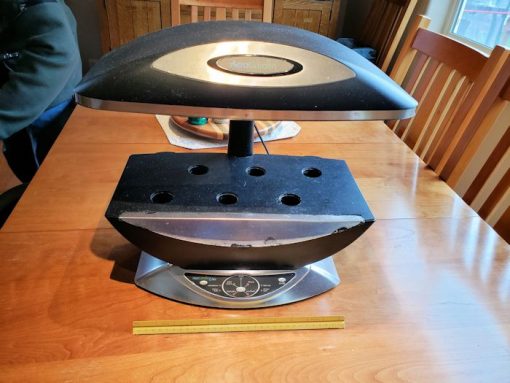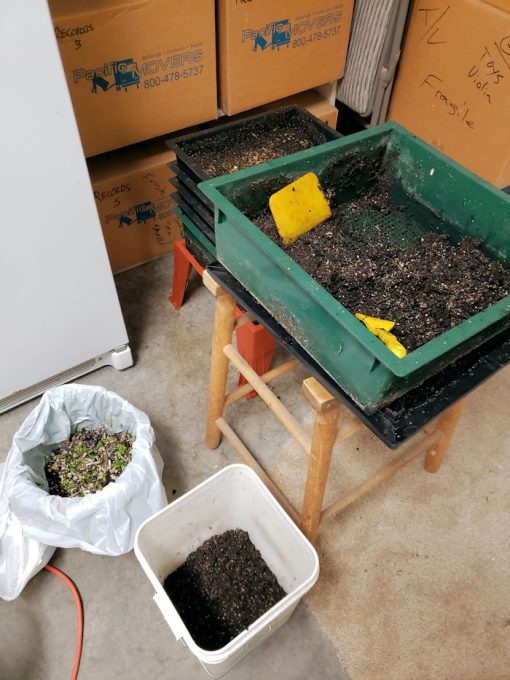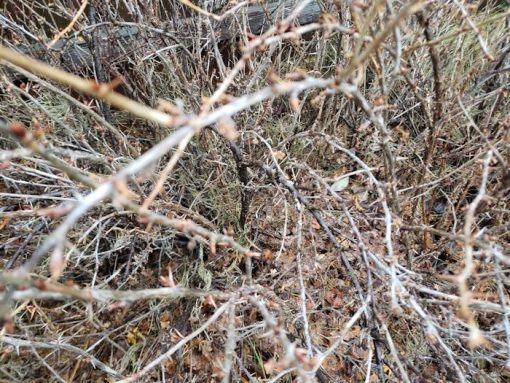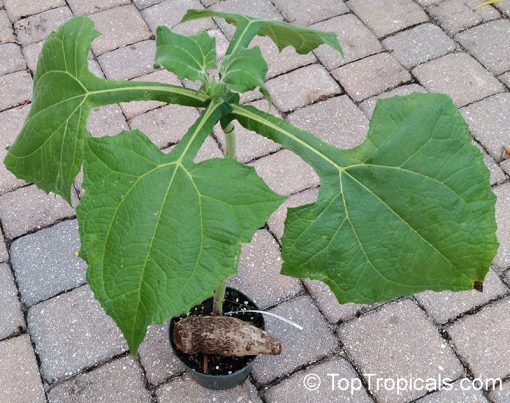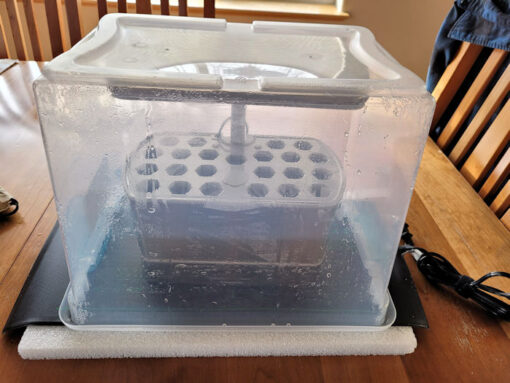
I wrote a few years ago about using Aerogarden for starting seeds. Since that piece, we upgraded our model as the old one went to the Big Compost Bin in the Sky after it died. As part of the upgrade, we added what the manufacturer calls a seed starting kit to increase the number of available slots from 6 to 23. As a review, the Aerogarden is designed to grow complete, fruiting plants hydroponically. Many people use it for starting seeds, which it does really well for most plants, though Read More …

